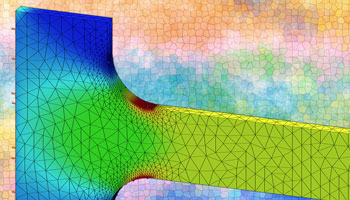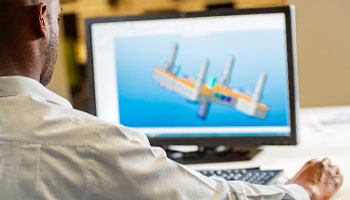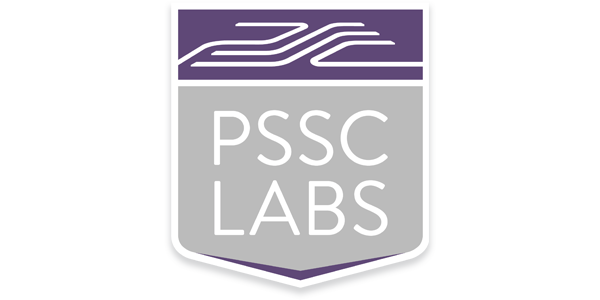

Keynote
Join us for our Digital Engineering Design and Simulation Virtual Summit recorded October 26, 2023.
With powerful pattern recognition and natural language processing, AI or machine learning is expected to drastically lower the learning curve for design and simulation software and transform its user experience. Can the technology improve DfAM (Design for Additive Manufacturing) in the same way? Can AI give existing DfAM algorithms a boost in failure detection and geometry generation? In this keynote, our panel of experts explore what’s possible, what’s in the near future, and what the risks and uncertainties are.
More about this session.
Session 1

Digitization and Robust Requirement Writing for Procurement Standardization
This presentation explores the key principles of JIP33, an initiative led by the International Association of Oil & Gas Producers (IOGP) and with support from the World Economic Forum, aimed at creating standardized procurement specifications. The presenter will show how to write requirements, streamlined and aligned with ISO directives, INCOSE, EARS, and terminology libraries.Session 2

Engineering Analysis:
The Good, the Bad, and the Ugly
Aerospace engineering companies, by necessity, have always been at the forefront of simulation. Smaller companies often lag behind. In fifty years, Ted Fryberger, President of DeepSoft, has seen the best and the worst in engineering analysis. In this presentation, he highlights the best practices in performing FEA stress, thermal, and dynamics analyses; as well as manual calculations. He also discusses what helps or hinders this process.
Session 3

The Future of Engineering Computing – From Workstations to the Cloud
A massive change is underway in the way we do engineering computing driven by engineering software enhancements, powerful GPUs and Cloud services. When properly supported, the current generation of workstation-grade GPUs can match the performance of a compute cluster available just a few years ago. At the same time, commercial cloud offerings now provide easy access to vast amounts of CPU, GPU and RAM.Session 4

Digital Twins for Small and Medium-Sized Companies
The acceptance of Digital Twin technology has increased over the past few years in manufacturing, and also among small and medium-size companies. The reason for that is that Digital Twins offer manufacturers the possibility of reducing operating expenditures, using data and information more effectively, making better and quicker decisions, and speeding up production. In this presentation Tom Copeland will highlight how Trak Machine Tools implements and manages Digital Twin projects workflows.
Sign up to attend any session.
Sign up to stream all sessions.








